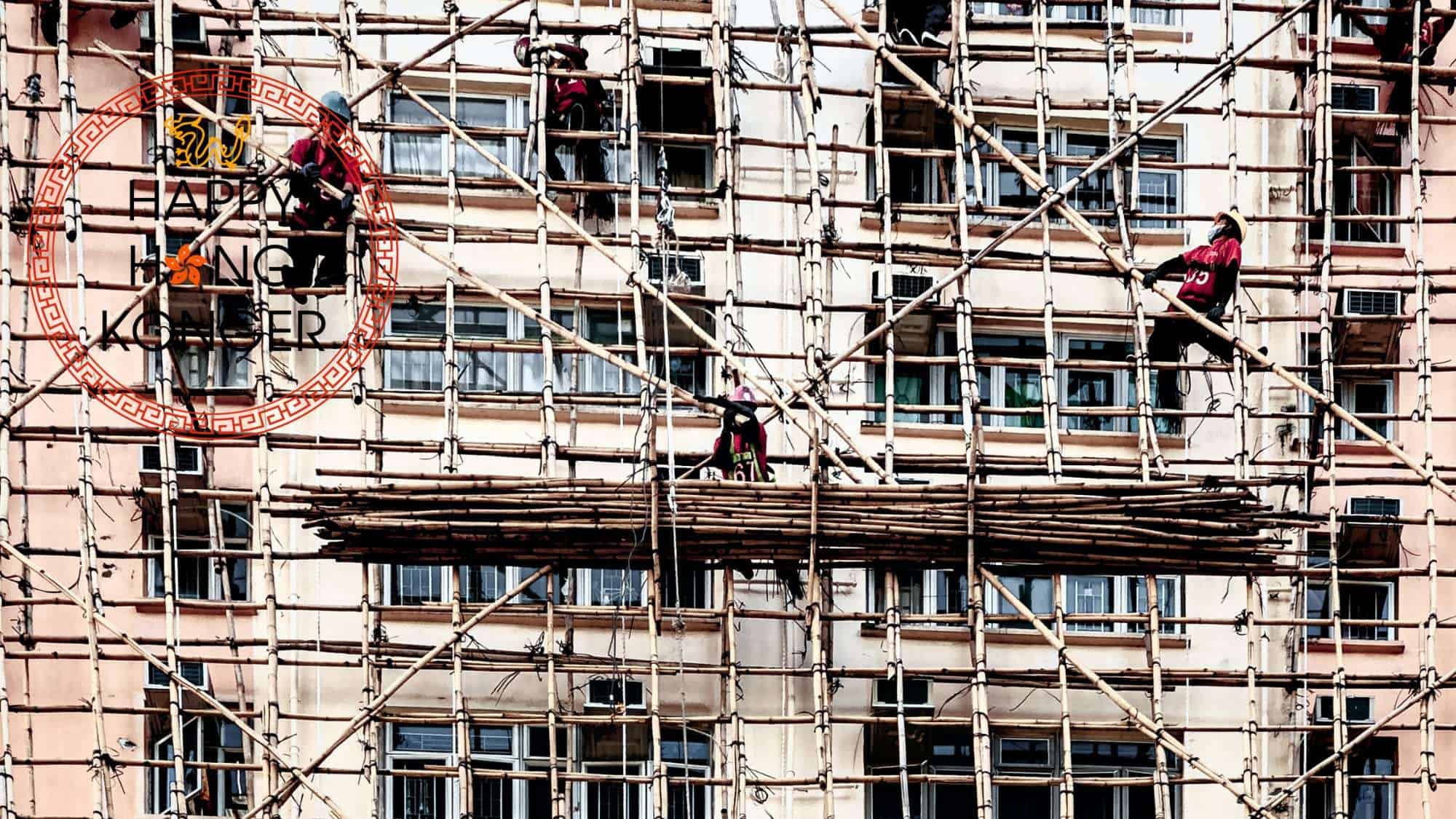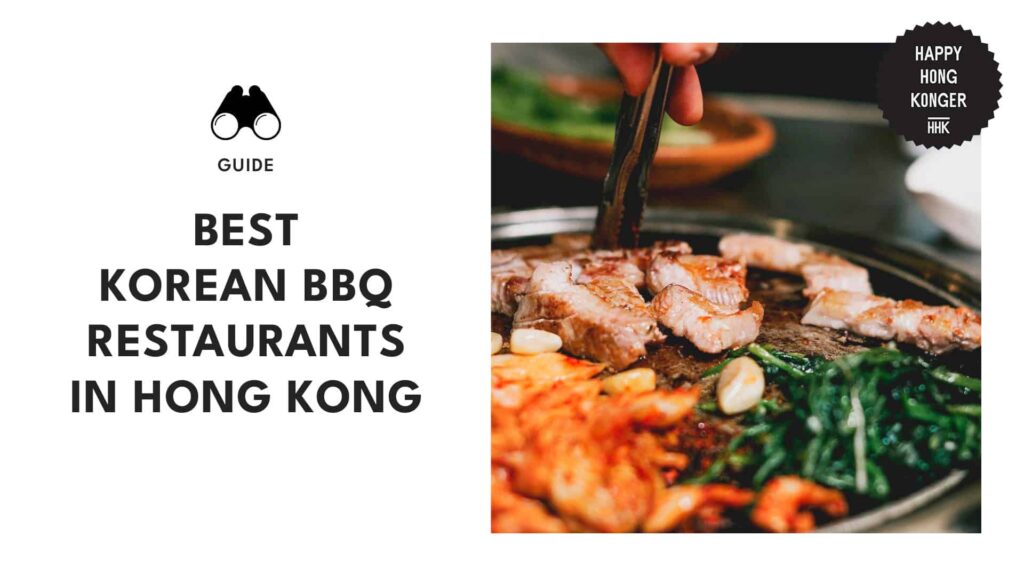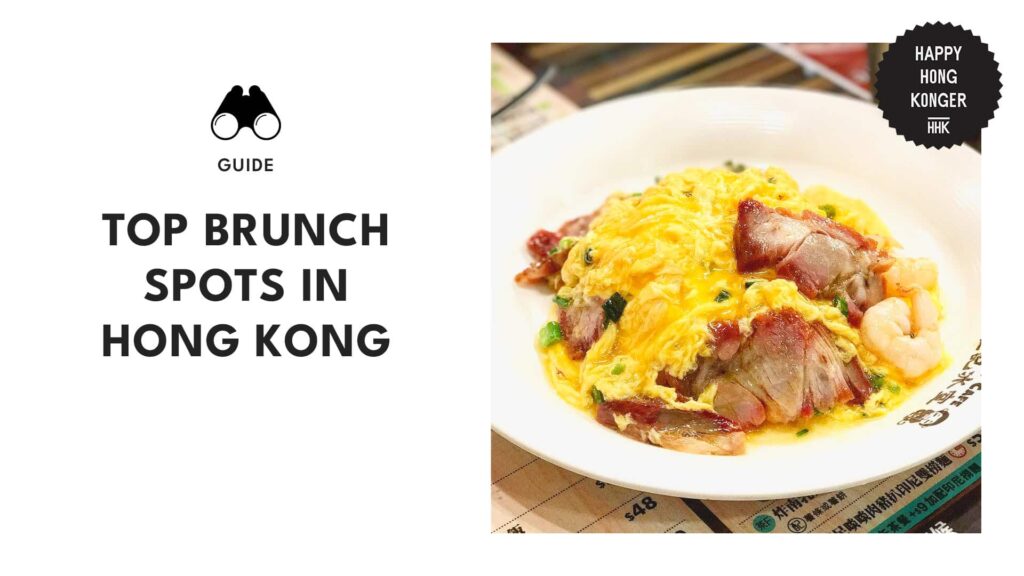Categories > Guides and Tips

Explained: Hong Kong’s Continued Use of Bamboo Scaffolding
- Why does Hong Kong use bamboo scaffolding?
- What are the advantages and disadvantages of using bamboo scaffolding?
- Advantages of Bamboo Scaffolding
- Low Environmental Cost
- Availability
- Strength
- Disadvantages of Bamboo Scaffolding
- Vulnerability to Certain Weather Conditions
- Overall Durability
- Preservation Process
- Compared to steel, how strong is bamboo exactly?
- Will bamboo scaffolding continue to be used in Hong Kong's construction industry in the future?
- What other places use bamboo scaffolding aside from Hong Kong?
For years, the towering skyscrapers of the city of Hong Kong have been shrouded in a veil of bamboo scaffolding.
In a world that has long embraced modern construction materials, it’s a curious sight – especially in an advanced city such as Hong Kong.
How has this traditional method persisted in the face of technological advancements? Well, lucky for you, we’re here to answer that and tell you everything you need to know behind Hong Kong’s continued use of bamboo scaffolding.
Why does Hong Kong use bamboo scaffolding?
There are different reasons Hong Kong still uses bamboo scaffolding, such as the fact that it’s significantly lighter than steel, cheaper, sustainable, and durable. Moreover, it’s been used in Hong Kong for centuries, so its use has been more or less perfected.
What are the advantages and disadvantages of using bamboo scaffolding?
The advantages of using bamboo scaffolding is that it has low environmental cost, high availability, and high strength. Meanwhile, the disadvantages are its vulnerability to certain weather conditions, relative lack of durability in construction, and troublesome preservation process.
We explained each of them below.
Advantages of Bamboo Scaffolding
1. Low Environmental Cost
Bamboo is considered the most environmentally friendly material for scaffolding compared to options like aluminum and steel. It doesn’t require a lot of energy to process during production.
Additionally, it provides a more sustainable way of making scaffolding compared to other materials. Moreover, it’s a great source for biofuel, which is good for the environment. Bamboo is also quite easy to recycle after being used for scaffolding.
2. Availability
In a place like Hong Kong, bamboo is readily available. One doesn’t have to import materials or scour places to find it.
Moreover, since bamboo grows so fast (up to 3 ft per day!), it’s easy not to run out of it. As long as people continue to plant it, the growth rate can confidently meet the demands.
3. Strength
Bamboo is quite strong and can easily rival many organic counterparts. People haven’t been using it as scaffolding for centuries for nothing!
Disadvantages of Bamboo Scaffolding
1. Vulnerability to Certain Weather Conditions
During times of great typhoons, especially when there are strong winds, bamboo might be more vulnerable, which could lead to damage.
2. Overall Durability
Bamboo is pretty strong, sure. However, some people question its overall durability. For example, to secure steel scaffold, one can easily use its pins and locks. Meanwhile, bamboo is just tied together to create scaffolding.
3. Preservation Process
Since bamboo is a biodegradable material, it also needs to go through a preservation process to make it last longer. That’s why before using it, one must use Borax and Boric acid to shield it from natural circumstances.
Compared to steel, how strong is bamboo exactly?
Compared to steel, bamboo is quite strong. In fact, bamboo is considered stronger when it comes to tensile strength. If we compare their tensile strength, bamboo has 28,000 pounds per pinch while steel only has 23,000 pounds per inch.
Will bamboo scaffolding continue to be used in Hong Kong’s construction industry in the future?
It’s possible that the Hong Kong construction industry will stop using bamboo scaffolding in the future. While it’s still being widely used in the city, there are only a few companies left who make it. Moreover, some of these companies are having a hard time looking for people to continue their work.
When it comes to mainland China, they’ve already started using steel and aluminum because they think it’s safer and better in terms of quality.
What other places use bamboo scaffolding aside from Hong Kong?
Aside from Hong Kong, places like India, China, and Japan still use bamboo scaffolding.





